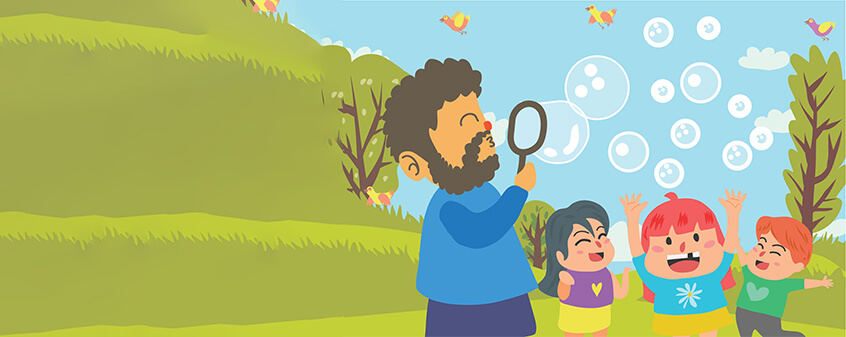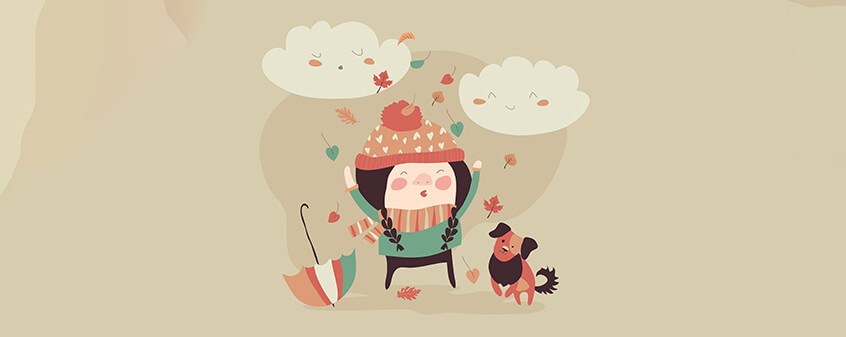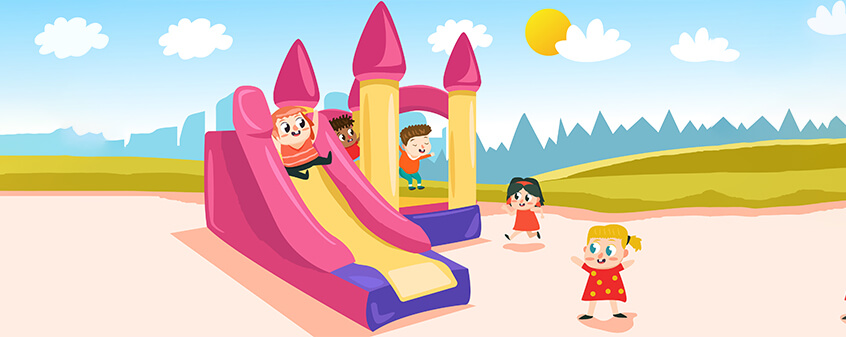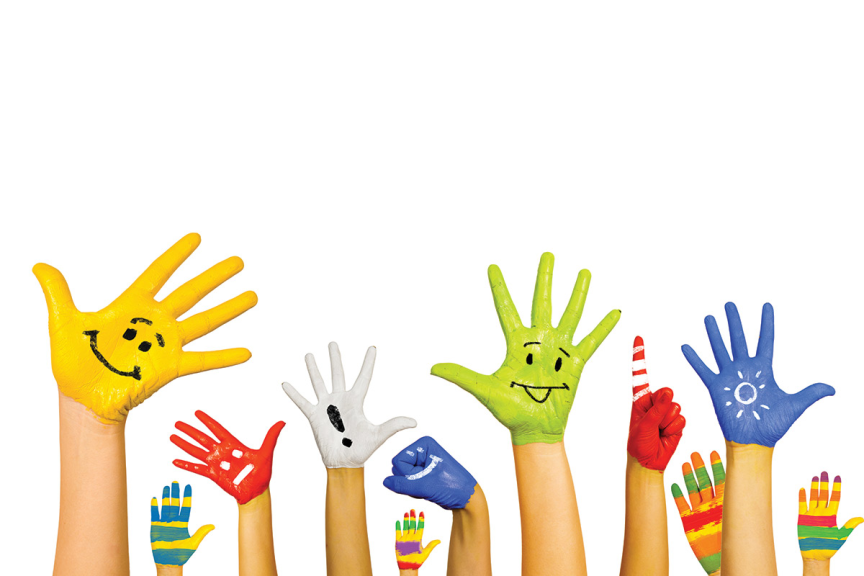Let us first see why the perception gap exists in the first place. An example is the simple point of conflict between many parents and children—music. What is music to them can be noise to us. This has a lot to do with the fact that as we age we lose the ability to hear certain tones and pitches. Didn’t we enjoy disco and rock when we were kids? And didn’t our parents wonder why we were so fascinated by the noise our music made? The sounds have gotten louder and more irritating only because we have grown older. But besides that, there are three major factors that make the world that our children live in today, different from the one we knew.
The boundless web The 21st century child is wired to technology and has access to information like never before. While we had only Doordarshan and its limited telecast timings, kids today are exposed to a multitude of television channels and huge doses of information and entertainment. The Internet has brought the world to their doorsteps. Auro in the film Paa says, ‘Google se bachke kahaan jaoge?’ And now right he is. The Internet is almost the only source of information for most children now. Today’s children don’t need to remember as much as we did. With smartphones and Google, they have access to information 24×7, unlike us who had to commit things to memory. Being connected to information all the time has changed their balance and approach to learning. They need information according to their needs. The range of choice is not only limited to television viewing and Internet usage, and also extends to the larger volumes of brands and consumer products that are available in the market. The loyalty and attention span of the new generation has decreased. What was flavour of the month for us was flavour of the month for years. What is flavour of the month for our children is lucky if it survives a month. Our kids are bombarded with choices and brands. In an extract published by the American Paediatric Association1, young people view more than 40,000 ads every year on television alone and are increasingly being exposed to advertising on the Internet, in magazines, and schools. Not only does this exposure contribute significantly to childhood and adolescent obesity, poor nutrition, alcohol consumption, and smoking, it also leads to an over abundance of choice.
As an exercise in awareness, ask children to ‘count the ads’ on a pre-recorded television series. The children generally only count the ads that are played during the breaks till we draw their attention to all the other ads that are being fed to them indirectly through product placements and are used by characters in the stories. Access to knowledge and information is no longer a problem for children. We are living in a globalized, flat world where cheap and high-speed communication is bringing us closer and within direct reach to ideas and information. Technological skills along with communication and teamwork will be the most important 21st-century skill sets that our children need to master in the current work–life scenario. However, children must be made aware that the Internet should be used only to procure information and never relied upon as the ultimate source of authentic information. They need to know that information on Wikipedia is not always correct. Accessibility to information does not always make it accurate. This free-for-all information however has its flip side. The Internet today not only ladles out academic information but also plays a major role in the social life of a child. The Adnan Patrawala case is one example of how the Internet can be dangerous. Adnan, a 16-year-old boy, befriended people on the Internet and was allegedly kidnapped and killed by them for ransom. The fact that the accused got away reinforces how careful we as parents should be while teaching our children how to use the Internet. As parents we feel that if our child is at home and on the computer, he/she is safe. But this is where we are mistaken. The web offers social networking sites, which allow strangers to peek into our lives. Keep your ears and eyes open to how your kids are using the Internet. The increase in the use of computers at home is also a major reason for the reduction in the hours spent by children outdoors. If a child spends all his time on the computer, he becomes isolated from reality. This results in a disconnect with the immediate family, friends, and society. The child will then grow in an island of his own. Modern family A typical urban child today is surrounded by a laptop, a phone, and an iPod/iPad. His eyes are glued to the screen, his ears plugged in with music, and his mind wired to the game he is playing. Children today have begun to enjoy socializing in solitude. The social construct of their connectivity is changing. They are more connected to their friends through their machines.
From a time when the entire community took responsibility for the upbringing of a child to a society of nuclear families, we have changed and evolved as a society. From a time when children shared a room with their parents, they’ve moved on to having a room to themselves at a very young age. Earlier, joint families had many senior members in the family. Thus, guidance and consultations were always a shout away. Today, the fragmented family in its nuclear form doesn’t provide this advantage. Families today also no longer fall into traditional patterns of father, mother, and their kids. There are single father families, single mother families, families where one of the parents is no longer alive, or families where parents share sets of kids from their previous marriages. The disintegration of the joint family has shifted one more base for the children of today. From being dependant on a variety of relatives, they now only have whoever is available.
Research has shown how the average time spent between a parent and child has dropped sharply since the Seventies. In the 21st century, parents are beset by work-related stress and time pressures, and fewer have supportive kin or neighbours to stand by at the drop of a hat (because everybody is racing against time and deadlines). Children are growing up in a somewhat aggressive environment, where the allure of drugs, alcohol, cigarettes, and consumer products is widespread. Besides, many of the vacant lots and other ‘free’ spaces where earlier generations were able to play without adult supervision are disappearing, particularly in metropolises like Mumbai or Bangalore. Hence, traditional rules of parenting no longer hold water because the profile of parents in the 21st century has changed. But what remains constant is the fact that a parent at the end of the day is a caregiver and has the enormous responsibility and benison of raising her child and help him/her to develop into a strong individual who can unleash the potential tapped within.








